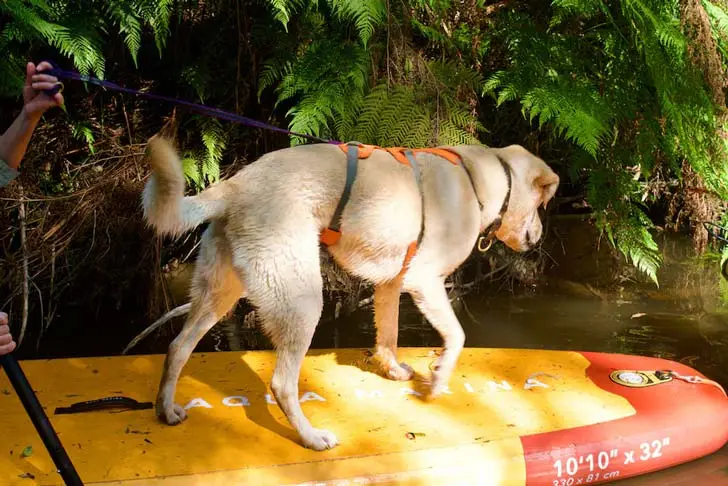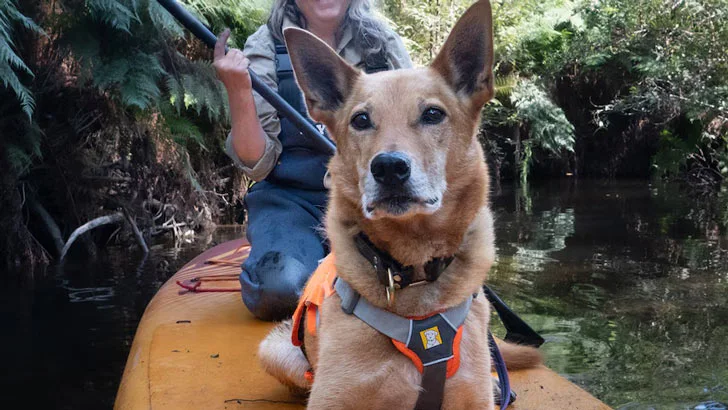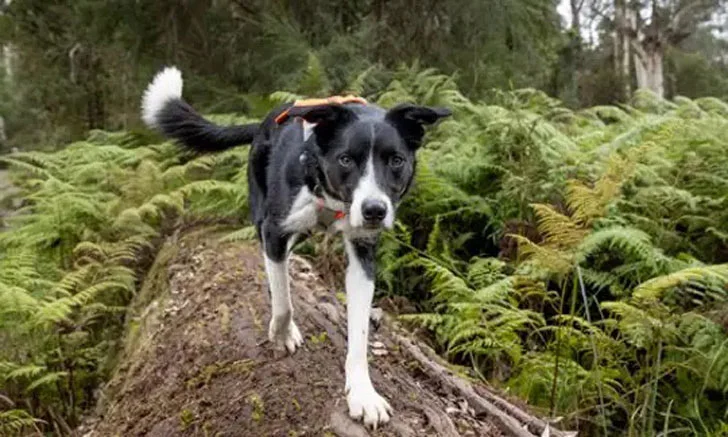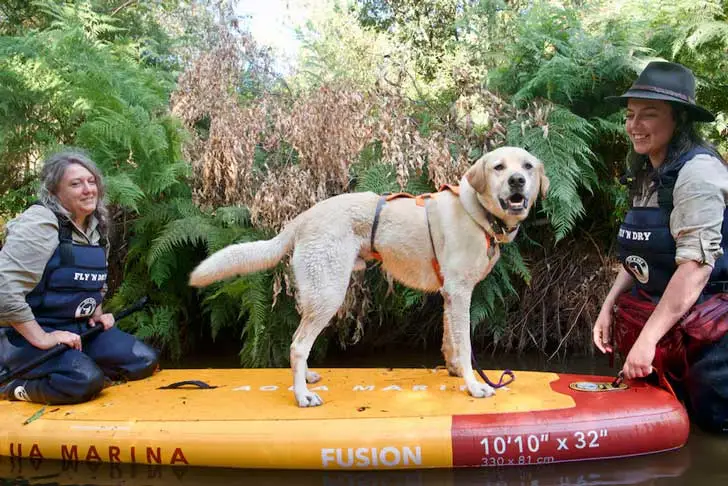Sniffing Out Conservation: Dogs Join the Mission to Save Australia’s Platypuses
Ask any dog owner and they’ll tell you — dogs can sniff out just about anything, from crumbs in couch cushions to the faint scent of another pup. But in Victoria, Australia, some very good dogs are using their super snouts for a higher purpose: helping save endangered species.
At Healesville Sanctuary, a team of detection dogs is playing a critical role in protecting one of Australia’s most elusive and iconic animals — the platypus. Despite its fame, scientists still know surprisingly little about the duck-billed mammal. Platypuses are nocturnal, live mostly underwater and underground, and are notoriously hard to study.

“It sounds quite basic, but we still don’t know key things about platypus behavior,” said Jessica Thomas, a platypus specialist at Healesville. “In over a century of research, no one has seen a platypus lay an egg.”
That’s where the dogs come in.
Following success locating Baw Baw frogs, trained dogs like Moss the Labrador and Pip the Kelpie mix are now helping researchers locate hidden platypus burrows in creeks and riverbanks. Thanks to their keen noses, the dogs can pinpoint burrows without disturbing the animals — or even needing to see them.

“Our dogs provide a low-stress, effective, and fast way to understand how platypuses use their environment,” said Dr. La Toya Jamieson, a wildlife detection dog officer at Healesville.
Because platypuses are most active at night, using dogs during daylight hours helps researchers locate them without interference. Outfitted in bright safety vests, the dogs even ride paddleboards through the water — calmly sniffing from a safe distance to find burrows researchers can’t reach on foot.
“The only challenge,” Thomas joked, “was stopping them from doing zoomies on the paddleboard.”

The training is rigorous. Dogs must strengthen their core muscles to balance on boards and learn to associate the platypus scent with rewards like toys or treats. Once trained, their abilities can open up new frontiers in conservation research.
“This paddleboard has been a game changer,” said Dr. Nick Rutter, another detection dog officer. “High rainfall often blocks access to key areas. But now, we can survey the entire creek system.”
These four-legged scientists are already helping other species, too. Detection dogs Daisy and Sugar track the critically endangered Victorian Grassland Earless Dragon, while Finn specializes in finding endangered frogs — and may soon join the platypus team.
As Healesville prepares to open the Australian Platypus Conservation Center — a dedicated facility to rehabilitate and release sick or injured platypuses — dogs will continue to be vital allies.
“Platypus are so unique, and it’s critical we protect them and their environment,” said Jamieson. “Our detection dogs make that possible — and honestly, it’s a lot of fun.”
